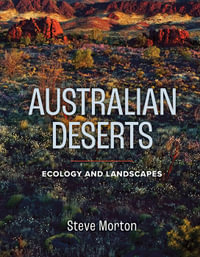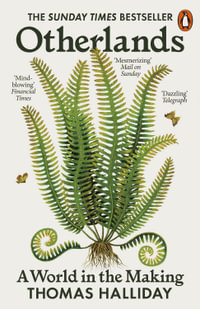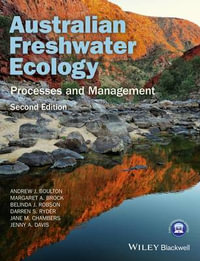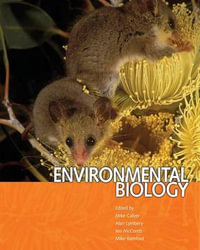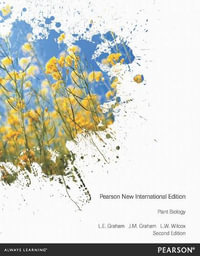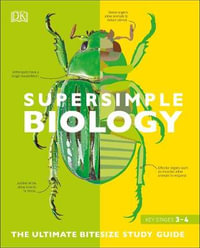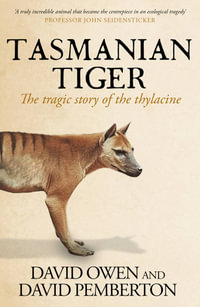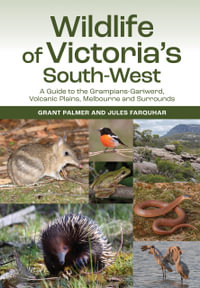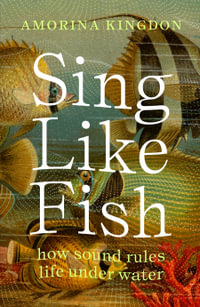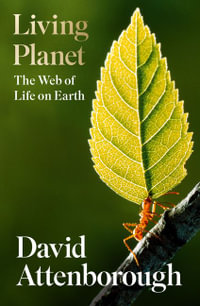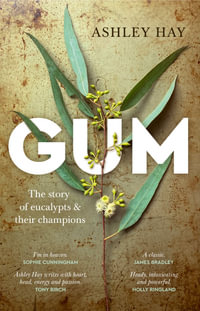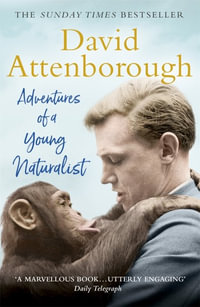| Preface | p. xiii |
| Acknowledgments | p. xv |
| The science of understanding landscape change: setting the scene for the Tumut Fragmentation Study | p. 1 |
| A guide to using the book | p. 5 |
| A few caveats | p. 6 |
| The theory: an overview of landscape change and habitat fragmentation | p. 9 |
| The 'species-orientated' to 'patterns-based' continuum | p. 9 |
| Conceptual models of landscape cover | p. 14 |
| Landscape context and landscape heterogeneity | p. 23 |
| Threshold responses to native vegetation cover | p. 25 |
| Patch size relationships | p. 26 |
| Habitat subdivision, habitat isolation and metapopulation dynamics | p. 27 |
| Connectivity | p. 29 |
| Nestedness | p. 31 |
| Edges | p. 33 |
| Summary | p. 36 |
| The field laboratory: the Tumut study area and the vertebrate animals it supports | p. 39 |
| Geology and climate | p. 39 |
| Plantation vegetation cover | p. 40 |
| Native vegetation cover | p. 43 |
| Disturbance | p. 45 |
| Fauna of the Tumut region | p. 45 |
| Birds | p. 47 |
| Mammals | p. 50 |
| Reptiles | p. 57 |
| Frogs | p. 57 |
| Other groups | p. 66 |
| Summary | p. 66 |
| Setting up the study: the design and implementation of the main cross-sectional study at Tumut | p. 67 |
| The experimental design underpinning the cross-sectional study at Tumut | p. 67 |
| Reasons why the Tumut area was selected for study | p. 89 |
| Limitations of the cross-sectional study of landscape context effects | p. 93 |
| Target groups selected for study | p. 93 |
| Summary | p. 94 |
| The core findings: the effects of landscape context on animals and plants | p. 97 |
| Survey methods | p. 97 |
| Arboreal marsupials | p. 98 |
| Small terrestrial mammals | p. 101 |
| Birds | p. 104 |
| Reptiles | p. 109 |
| Frogs | p. 111 |
| Invertebrates | p. 112 |
| Vascular plants | p. 115 |
| Invasive vascular plants | p. 115 |
| Bryophytes | p. 118 |
| Summary of landscape context effects for different groups | p. 120 |
| Patch use: how animals use patches of remnant eucalypt forest surrounded by pine | p. 123 |
| Movement and other changes in patches of different sizes | p. 123 |
| Bird calling behaviour within patches | p. 128 |
| Patch-matrix interrelationships | p. 134 |
| Altered breeding behaviour and dispersal | p. 135 |
| Summary | p. 136 |
| Theory against data: testing ecological theories and concepts | p. 139 |
| Conceptual models of landscape cover | p. 139 |
| Nested subset theory | p. 144 |
| Ecological thresholds in the amounts of native vegetation cover | p. 149 |
| Landscape indices | p. 153 |
| Tests of the peninsula effect | p. 161 |
| Other tests of theory | p. 164 |
| Summary | p. 164 |
| Testing PVA models with real data: melding demographic work with population modelling | p. 167 |
| Population viability analysis (PVA) | p. 167 |
| PVA model testing at Tumut | p. 168 |
| Model testing for arboreal marsupials | p. 169 |
| Model testing for small mammals | p. 177 |
| Model testing for birds | p. 182 |
| Lessons from Tumut | p. 186 |
| Summary | p. 190 |
| Genes in the landscape: integrating genetic and demographic analyses | p. 193 |
| Genetic analyses of Bush Rat populations | p. 194 |
| Genetic analyses of Agile Antechinus populations | p. 201 |
| Genetic analyses of Greater Glider populations | p. 203 |
| Genetic analyses of saproxylic beetle populations | p. 208 |
| Summary | p. 209 |
| Refining and extending the research programme: additional studies at Tumut (and nearby) that build on the Fragmentation Study | p. 211 |
| The Edge Experiment | p. 212 |
| The Nest Predation Study | p. 214 |
| The Nanangroe Natural Experiment | p. 217 |
| Summary | p. 222 |
| Recommendations for plantation managers: implications for biodiversity and conservation in plantations | p. 225 |
| The significance of plantation expansion as a form of landscape change | p. 225 |
| Softwood plantation management and the conservation of remnant native vegetation | p. 226 |
| The lack of indicator species | p. 232 |
| Summary | p. 232 |
| Lessons on running large-scale research studies: some insights from running the Tumut Fragmentation Study and directions for the future | p. 235 |
| The challenges of maintaining a large-scale, multifaceted research project | p. 235 |
| Deficiencies in existing work and future work | p. 238 |
| Some concluding remarks | p. 240 |
| List of collaborators / contributors to the Tumut Fragmentation Experiment | p. 241 |
| Detections of bird species in the Tumut Fragmentation Study classified by four broad classes of sites | p. 245 |
| References | p. 253 |
| Index | p. 283 |
| Table of Contents provided by Ingram. All Rights Reserved. |

